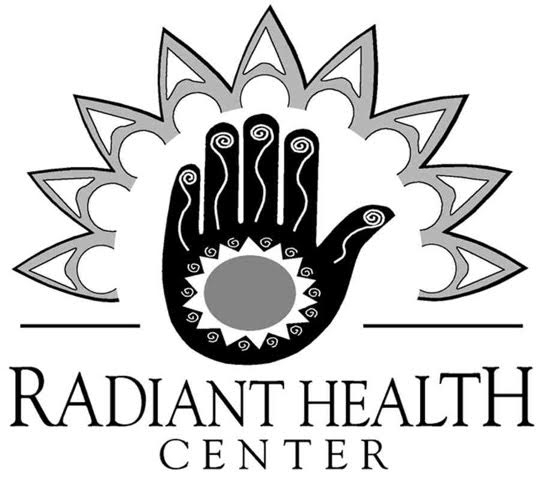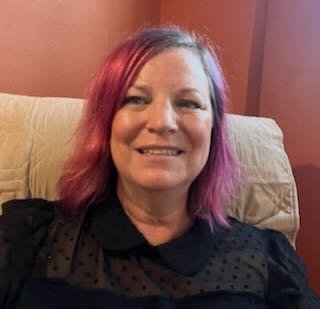CranioSacral Therapy / UMAC-Unwinding Meridians and Acupuncture Principle Applied to CST
CranioSacral Therapy is by definition a hands-on technique that utilizes the rhythmic flow of the Cerebral Spinal Fluid for assessment and treatment. UMAC is a specialized form of CST that brings together the complex beauty and functionality of Eastern Medical Traditions, Functional Physiology (such as TBM), and the connection to our bodies’ “Inner Physician” and wisdom to delve into the underlying pattern of illness and restrictions that may be holding us back from reaching our ideal health and wellness.
The fluid movement of the CranioSacral Rhythm is felt under light touch on any part of the body. By utilizing the CranioSacral Rhythm as a guide, physical, mental (think autopilot), and emotional restrictions can be identified. Once a restriction is discovered, subtle hands-on techniques are used to aid the patient in facilitating the release of the restriction.
Since these techniques are non-invasive, they are extremely effective in aiding even the youngest, most delicate systems of infants, children, and adults alike.
UMAC is a subtle and profound healing form which assists the body's natural capacity for self-repair.
In a typical UMAC/(CST) session, you will usually lie (or sometimes sit) fully-clothed on a treatment couch. The therapist will make contact by placing the hands lightly on your body and tuning in to what is happening by "listening" with their hands. Contact is made carefully so that you will feel at ease with what is happening.
The first thing you will probably notice is a sense of deep relaxation, which will generally last throughout the session. With subsequent treatments, this release of tension often extends into everyday life. The work can address physical aches and pains, acute and chronic disease, emotional or psychological disturbances, or simply help to develop well-being, health and vitality.
UMAC/ (CST) Sessions:
UMAC/(CST) Therapy is so gentle that it is suitable for babies, children, and the elderly, as well as adults and people in fragile or acutely painful conditions. Treatment can aid almost any condition, raising vitality and improving the body's capacity for self-repair.
Sometimes the benefits are not immediately noticeable but become obvious upon returning to a familiar environment. The work can involve resolution of past events, like muscle memories, and is often profoundly relaxing, deeply moving, and exhilarating.
Like most therapies utilized at Radiant Acupuncture, UMAC/(CST) tends to be combined with acupuncture; however it can be its own session if requested. It is a key component of the New Wellness Program. In this program, UMAC/(CST) is utilized in the longer treatment sessions where it is blended with acupuncture, and it may be utilized in tandem during the shorter sessions that primarily utilize Total Body Modification to address the “Functional Physiology Benchmarks” that guide our transformation of health.
UMAC/(CST) with Babies and Children:
One of UMAC/(CST)’s most appreciated qualities is its capacity to rapidly address problems babies have; these include colic, latching and sucking difficulties, and sleep issues. These issue can be a result of the compression the baby undergoes during birth.
Parents are frequently relieved and amazed by the seemingly miraculous improvements resulting from UMAC work, often in just one or two sessions.
As a result of the contractions and passage through the pelvis and the birth canal, babies get very compressed during birth and this can lead to displacements and restrictions in their bodies. The relatively soft bones of the head move during birth but don't always return to an optimal position, leading to a variety of difficult conditions which, however, respond well to UMAC/(CST) treatment.
Caesarean births and those involving forceps or suction are more likely to lead to symptoms. These are often immediately obvious but sometimes don't develop until later on.
UMAC/(CST) therapy can be beneficial to all babies including those from problem-free births even when there are no apparent symptoms.
Babies can't speak and that doesn't mean you can't communicate with them. Parents often understand a baby's non-verbal communication. The therapist's appreciation of what things are like for babies and interacting with them using UMAC/(CST) therapy plays a big part in making the treatment effective.




